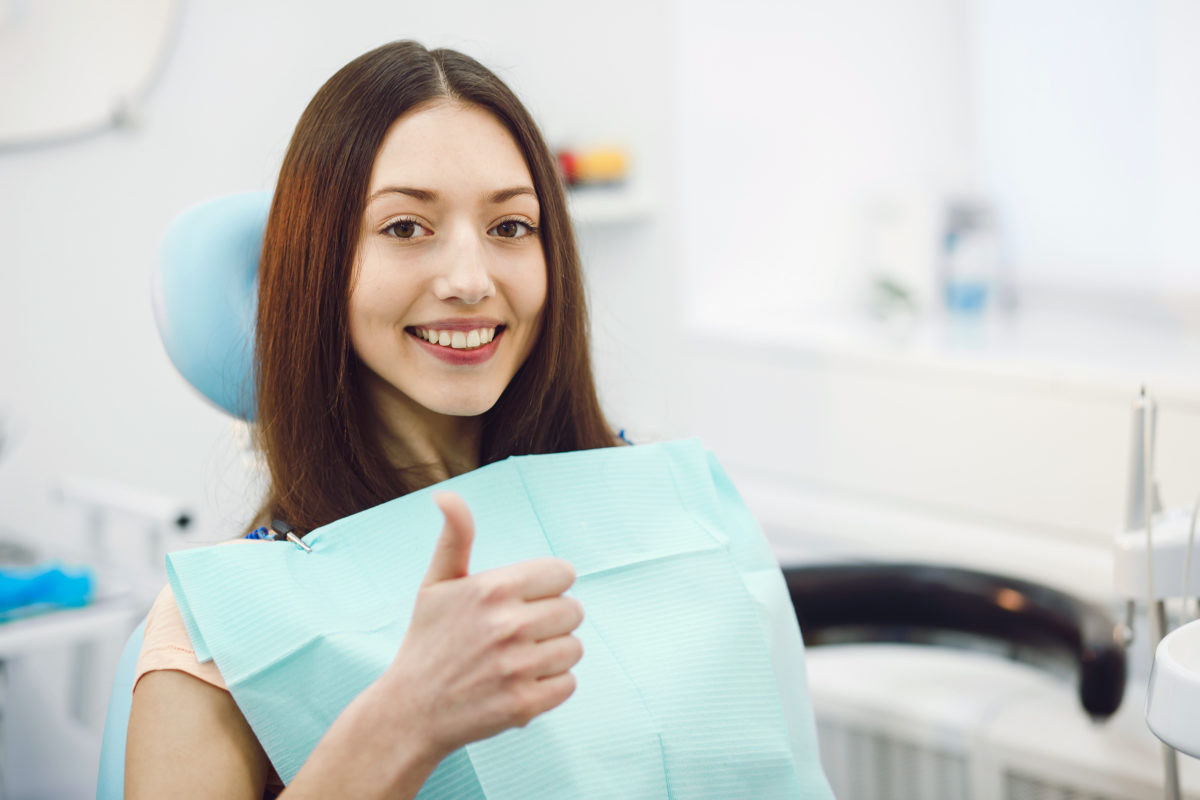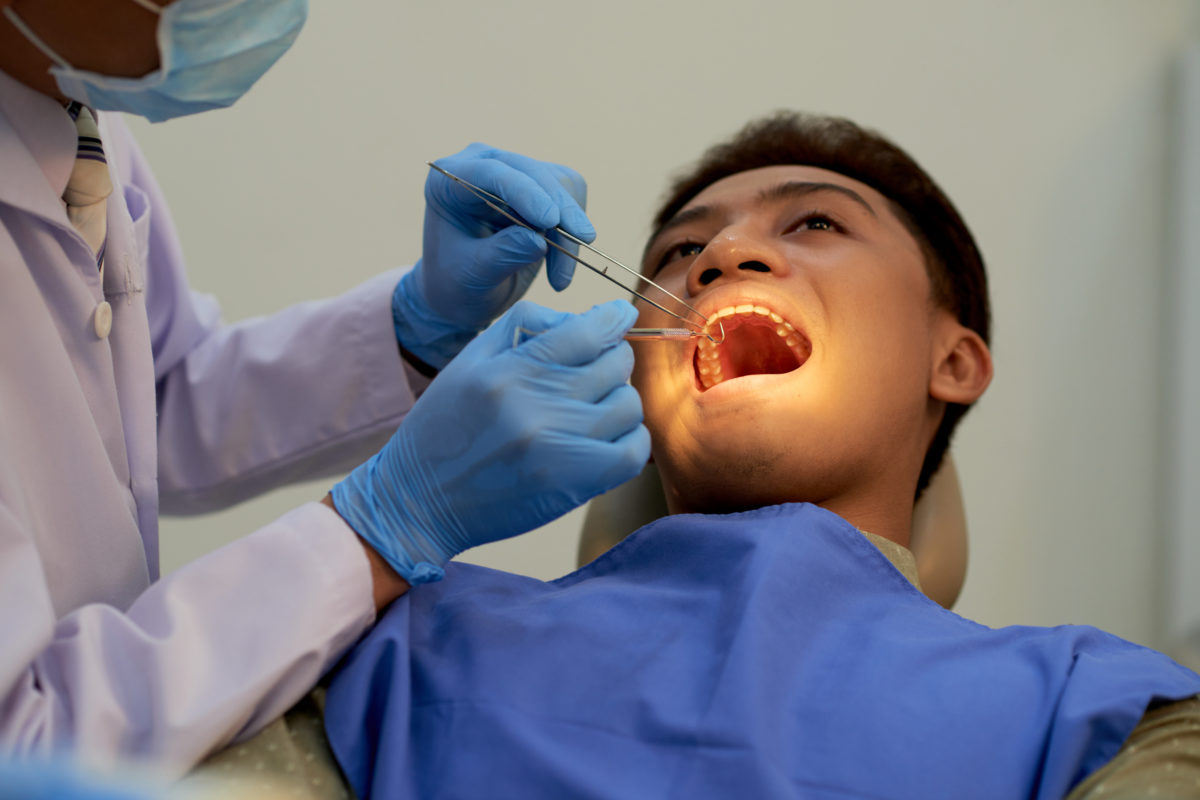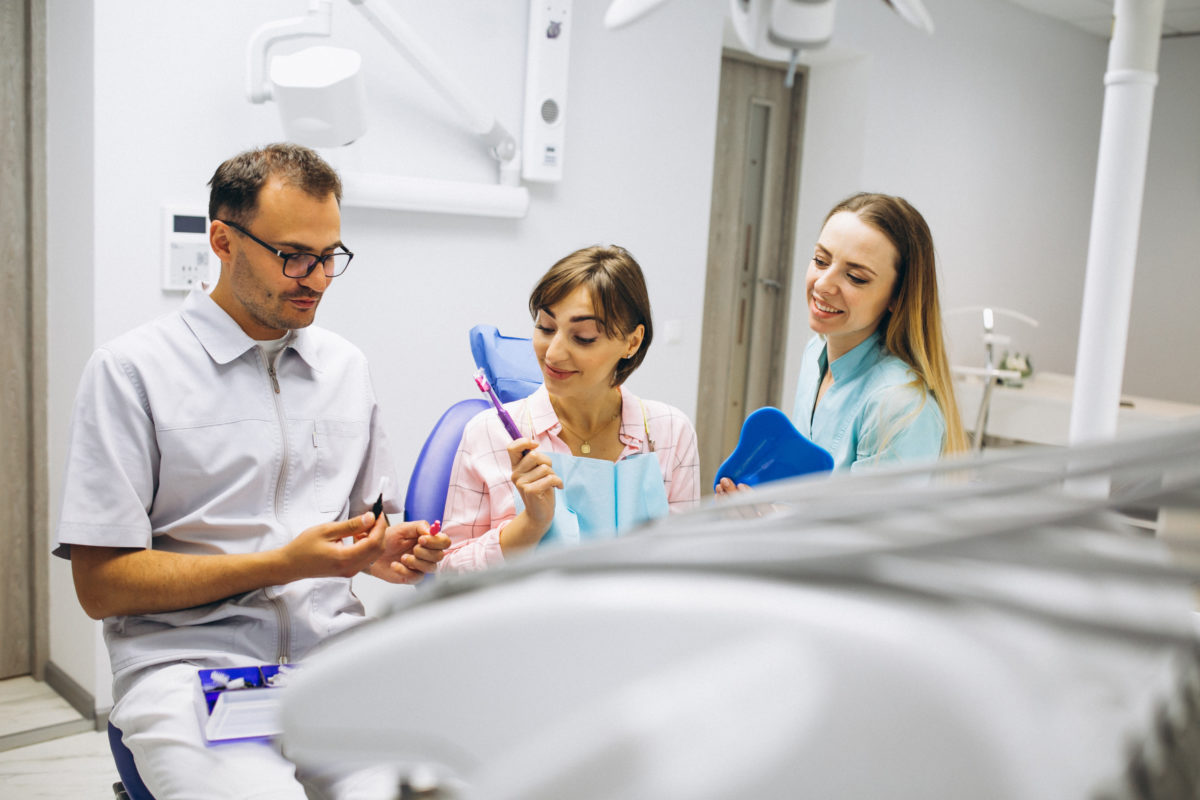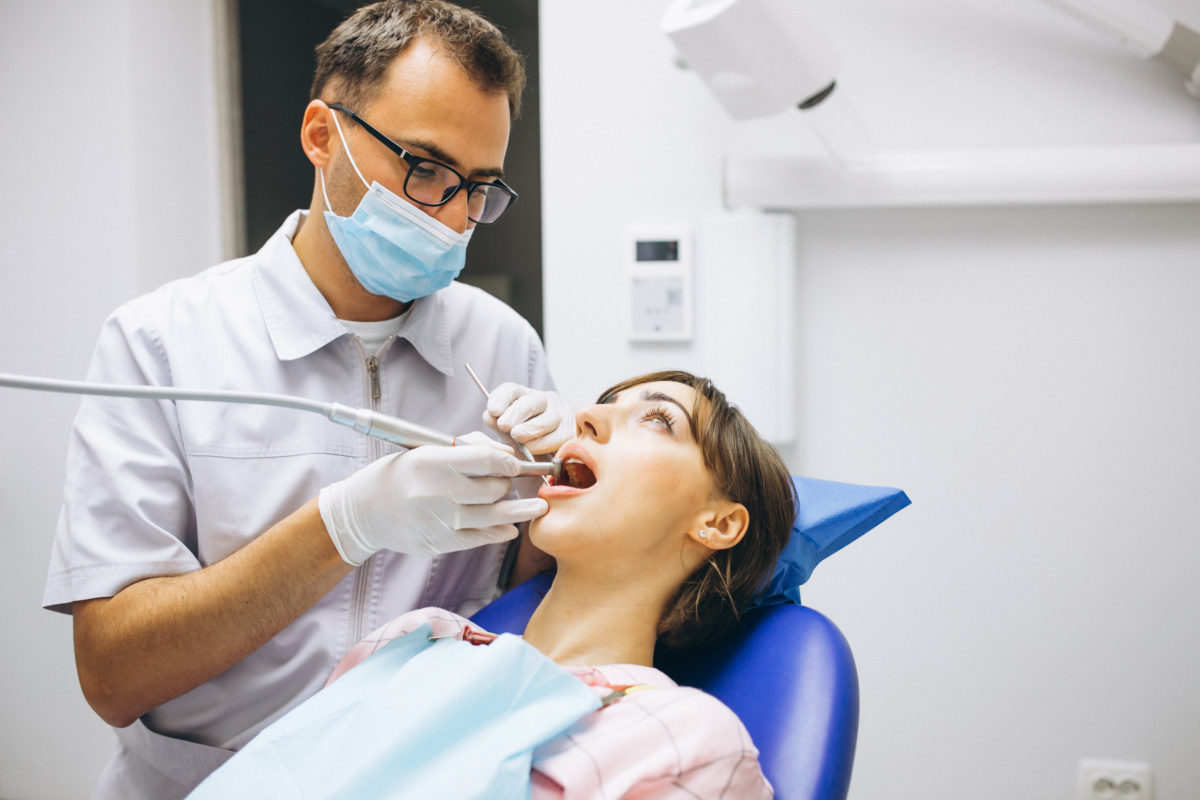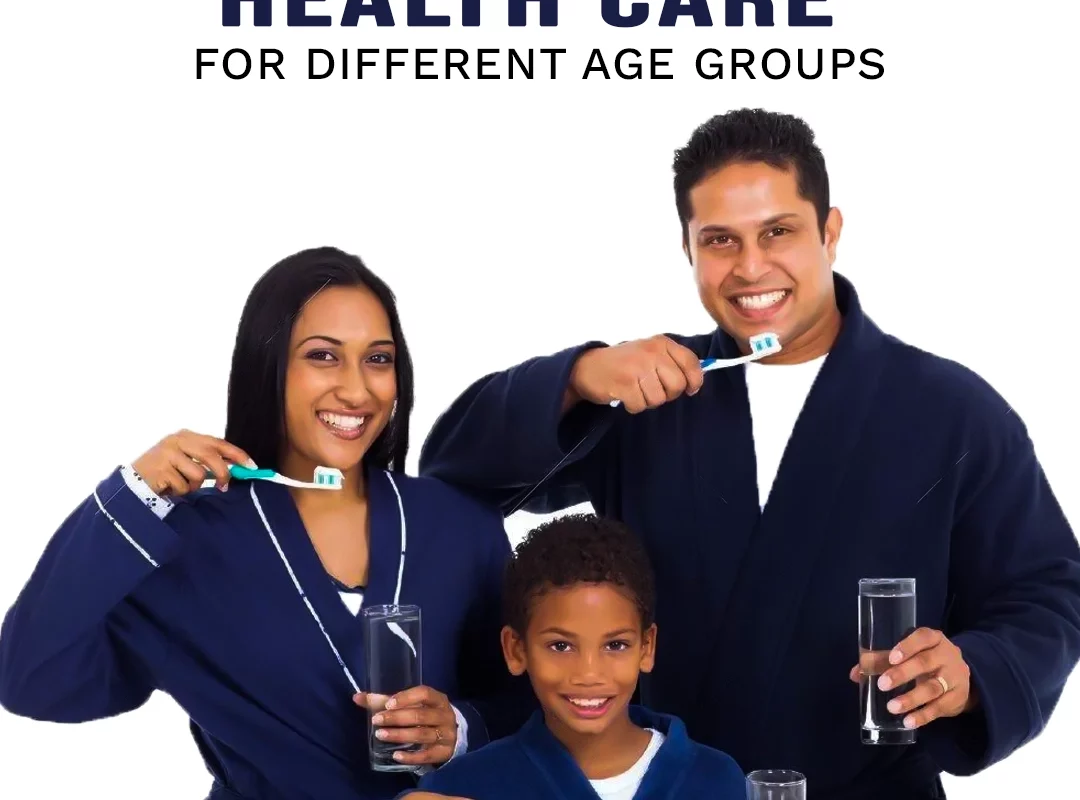Aesthetic dentistry has now advanced to a unique specialty named prosthodontics which concentrates on providing restorative solutions to dental aesthetic issues. In addition to crafting beautiful and confident smiles, prosthodontics is involved in improving the functionality of teeth and keeping the oral faculties healthy and happy. From understanding the patient’s aesthetic aspirations to creating oral solutions that are beneficial for the patient is a journey that is undertaken by prosthodontists.
Branches of Prosthodontics
There are four primary branches of prosthodontics – fixed, removable, implants, and maxillofacial prosthodontics.
- Fixed Prosthodontics – Prosthetic dentistry where the final solution is permanently fixed and cannot be removed. Correction of tooth discolorations, evening out of teeth, fixing of broken teeth or cracks, dental crowns, inlays and onlays, dental fillings, veneers, and bonding are all examples of fixed prosthodontics.
- Removable Prosthodontics – dental prosthetics that can be easily removed by the patient. Complete set of dentures, partial dentures, and gingival veneers for covering tooth discolorations are examples of removable prosthodontics and are mainly used for patients who are ageing or have health issues that do not support fixed prosthodontic solutions.
- Implant Prosthodontics – Prosthodontic treatments include dentures, dental implants, crowns and bridges to replace missing or damaged teeth that come under implant prosthodontics. These implants are surgically placed in the patient’s jawbone to act as tooth roots or base supports to receive the prosthetics.
- Maxillofacial Prosthetics – Misshapen hard and soft tissues due to an injury, medical condition, or even from birth that affect how patients speak, eat, or their oral functions in general can be corrected through maxillofacial prosthetics. Some examples of treatment include correction of cleft palate, full oral reconstruction, and treatment of jaw problems.
Designing Confidence: How Prosthodontics Enhances Aesthetics and Function
Having a defined mouth and smile can add on to a person’s confidence and boost his / her self-esteem. However, that is not the primary aim of prosthodontics. The oral health issues that they set to rectify include compromised oral function due to missing or severely damaged teeth, TMJ (temporomandibular joint) pain or dysfunction, pain of the mouth or face, and obstructive sleep apnoea. Prosthodontics have contributed considerably towards making oral health better in addition to the more obvious aspect of improving the aesthetics of a person’s smile. They can help to improve the patient’s bite and his / her ability to chew or speak properly, correct TMJ issues and improve their oral function and nutritional intake while maintaining the integrity of the surrounding oral structures (like jawbone and adjacent teeth) and reducing risk of oral diseases or other complications.
Innovations in Prosthodontic Design and Fabrication
The rapid advancements in dental biomedical science, clinical and laboratory techniques and technologies has triggered many innovations in prosthodontics. Digitization has been one of the most important factors that opened up and broadened the scope of prosthodontics, be it in the clinical or laboratory processes.
- CAD-CAM technology has enabled the creation of superior restorative prosthetics like maxillofacial prosthesis, extraoral radiation devices, personalised breathing masks, and face protection systems.
- Rapid prototyping is an automation advancement that helps to produce specialized prosthetic components after assessing human factors and ergonomics without human intervention, thereby bringing down product costs and development time
- Stereolithography has made it possible to make contact-free facial reproductions, duplicate copies of anatomical sections within a short timeframe and at less cost, and can account for patient development and material flaws.
- Digital Impressioning has vastly improved the quality, consistency, and accuracy of imprints for the design and creation of prosthetics
Prosthodontics in Complex Dental Cases
In complex dental cases, it is important to have a detailed examination with digitized technology to correctly assess the problem beyond routine peridontal examination and bite analysis and the treatment plan is formulated after studying the patient’s oral health, general medical health, and medications. Treatment may often involve interdisciplinary intervention with orthodontics and prosthodontics depending on the nature and extent of the problem.

